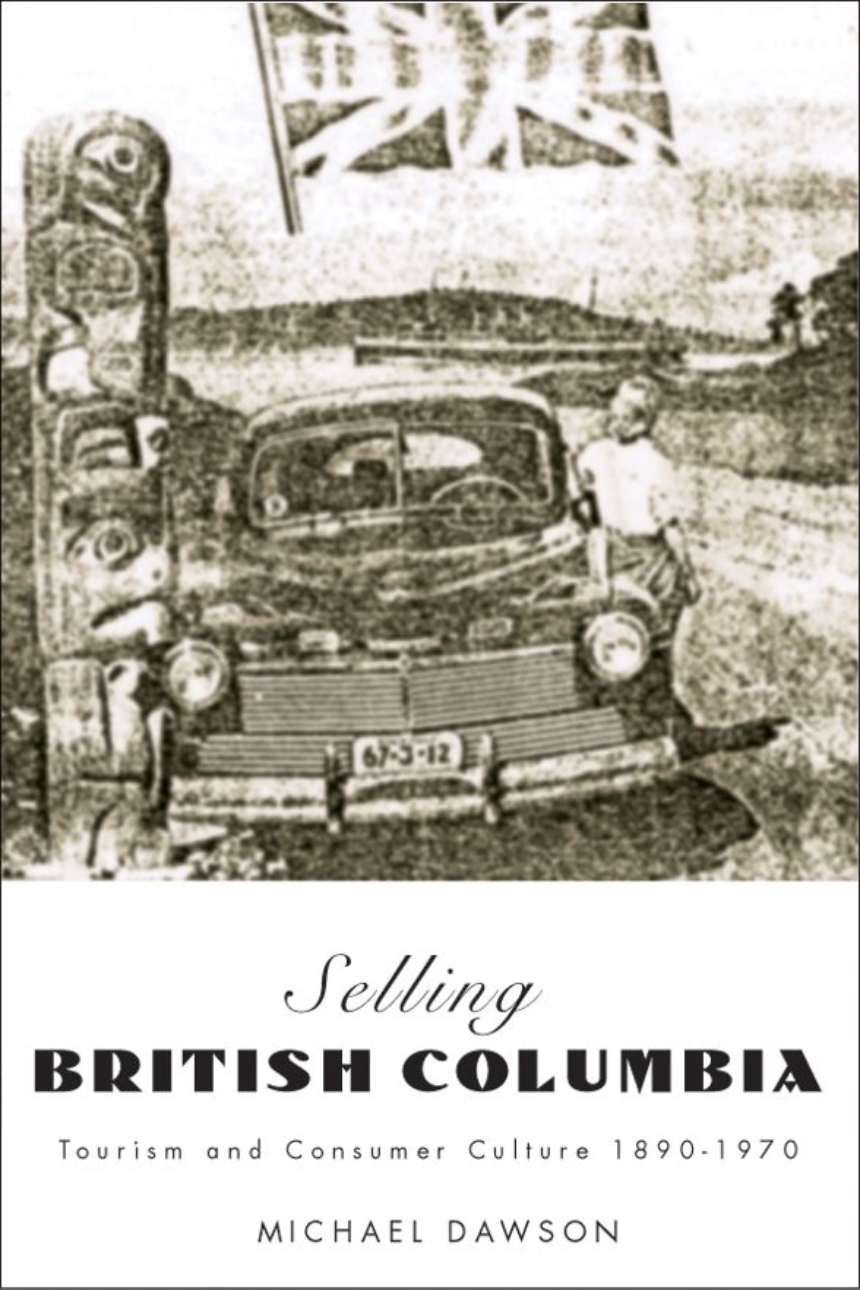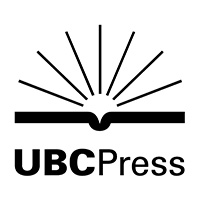University of British Columbia Press
Selling British Columbia
Tourism and Consumer Culture, 1890-1970
Distributed for University of British Columbia Press
Selling British Columbia
Tourism and Consumer Culture, 1890-1970
Selling British Columbia is an entertaining examination of the development of the tourist industry in British Columbia between 1890 and 1970. Michael Dawson argues that in order to understand the roots of the fully-fledged consumer culture that emerged in Canada after the Second World War, it is necessary to understand the connections between the 1930s, 1940s, and the postwar era.
Cultural producers such as tourism promoters and the state infrastructure played important roles in fostering consumer demand, particularly during the Depression, the Second World War, and throughout the postwar era. Dawson draws upon promotional pamphlets, newspapers, advertisements, and films, as well as archival sources regarding government, civic, and international tourism organizations. Central to his book is an examination of the representation of popular imagery and of how aboriginal and British cultures were commodified and marketed to potential tourists. He also looks at the gendered aspect of these promotional campaigns, particularly during the 1940s, and challenges earlier interpretations regarding the relationship between tourism and nature in Canada.
Historians have tended to focus on either the first wave of consumerism from the 1880s to the 1920s, or else on the era of economic expansion that followed World War Two. As Dawson shows, the 1930-45 period in particular was an important and dynamic one in the creation of Canadian and British Columbian consumer culture.
Michael Dawson’s highly readable and engaging account of the development of the British Columbia tourist industry will be welcomed by British Columbian and Canadian historians, as well as other scholars of tourism and consumerism.
Table of Contents
Illustrations
Acknowledgments
Acronyms
Introduction: Tourism and Consumer Culture
1 Boosterism and Early Tourism Promotion in British Columbia, 1890-1930
2 From the Investment to the Expenditure Imperative: Regional Cooperation and the Lessons of Modern Advertising, 1916-35
3 Entitlement, Idealism, and the Establishment of the British Columbia Government Travel Bureau, 1935-39
4 The Second World War and the Consolidation of the British Columbia Tourist Industry, 1939-50
5 Differentiation, Cultural Selection, and the Post-war Travel “Boom”
6 Tourism as a Public Good: The Provincial Government Manages the Post-war “Boom,” 1950-65
Conclusion: From Tourist Trade to Tourist Industry
Appendix: Key tourism promotion organizations in British Columbia, 1901-72
Notes
Bibliography
Index

